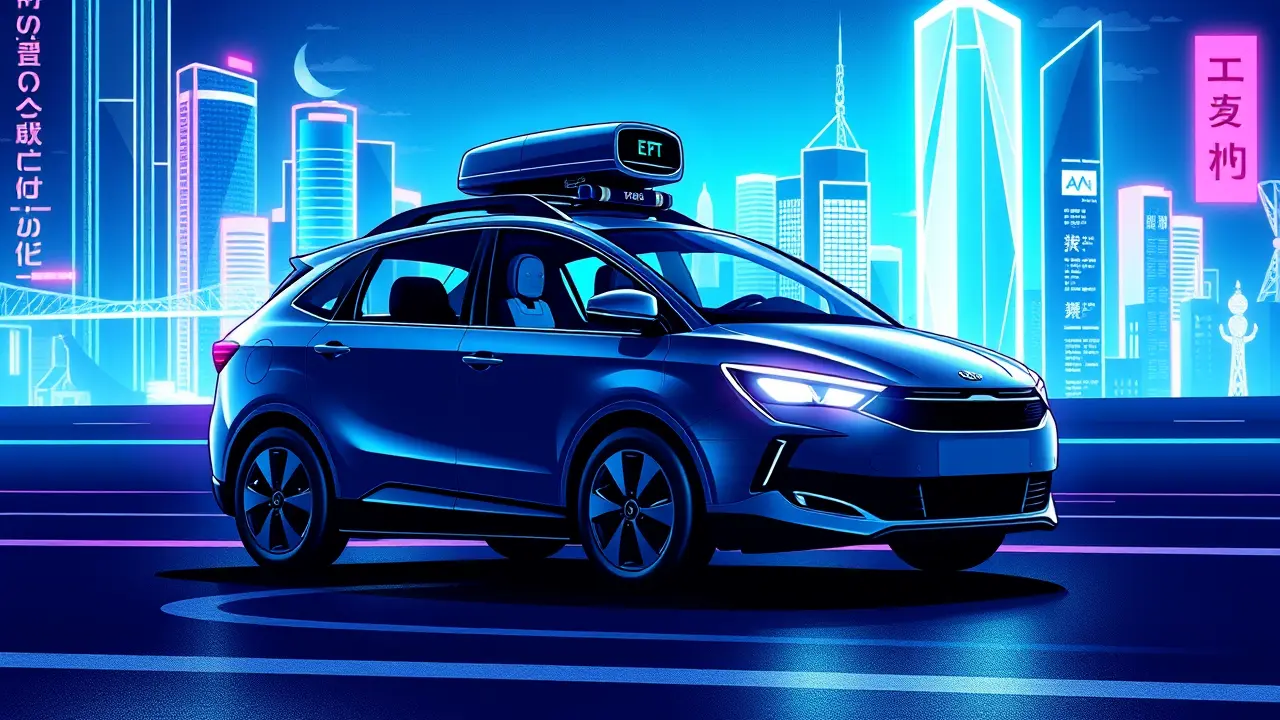Chinese Robotaxi Firms Pony.ai and WeRide Plan Hong Kong IPOs
The autonomous vehicle landscape is shifting into a higher gear of financial maturity, as two of mainland China's most prominent robotaxi operators, Pony. ai and WeRide, have formally initiated their journey toward initial public offerings on the Hong Kong stock exchange.This strategic maneuver, signaled by the recent filing of fundraising plans with the China Securities Regulatory Commission, represents a critical inflection point not merely for these companies but for the entire ecosystem of Chinese smart mobility and electric vehicle technology. It’s a play that echoes the broader narrative of China's tech sector seeking robust, internationally recognized capital markets beyond the volatile shores of domestic exchanges, a calculated pivot towards the deep liquidity and global investor base that Hong Kong provides.This isn't an isolated event; it's part of a concerted surge where mainland firms, particularly in the EV and adjacent sectors, are aggressively courting global capital to fuel their ambitious, capital-intensive global expansion plans. The timing is profoundly strategic.Global investor appetite for exposure to China's EV supply chain dominance and its burgeoning leadership in autonomous driving software is at a fever pitch, yet tempered by geopolitical tensions and regulatory scrutiny. A Hong Kong listing offers a compelling compromise: proximity to mainland operations and sentiment, coupled with the perceived stability and transparency demanded by institutional investors from Europe and North America.One can analyze this through the lens of Warren Buffett's famed patience for 'moats'—Pony. ai and WeRide aren't just selling a taxi service; they are building formidable technological moats through millions of miles of real-world driving data, proprietary AI algorithms, and complex hardware-software integration that create staggering barriers to entry for newcomers.The capital raised will be the ammunition for an escalating R&D war, funding the leap from geofenced urban pilots to scalable, weather-resistant, truly driverless operations. However, the path to profitability remains a long and winding road, littered with the wreckage of over-hyped ventures.The unit economics of robotaxis are still under a microscope, with immense costs for sensor suites, compute power, and remote human oversight challenging the per-ride revenue. The success of these IPOs will hinge on their ability to convince the market that they can achieve technological parity or even superiority with Western counterparts like Waymo and Cruise, while simultaneously navigating the intricate and ever-evolving regulatory frameworks of not only China but also the export markets they aim to conquer.This dual-track challenge—technological execution and regulatory diplomacy—will define their post-IPO valuations. For investors, this presents a classic high-risk, high-reward scenario, reminiscent of early bets on internet pioneers.The potential market is undeniably colossal, but the timeline to sustainable returns is long, and the competitive landscape is ferocious, with tech giants and legacy automakers all vying for a piece of the future of transportation. The forthcoming listings will serve as a crucial barometer, measuring Wall Street's and the world's conviction in a driverless future engineered, in significant part, from China.
It’s quiet here...Start the conversation by leaving the first comment.
